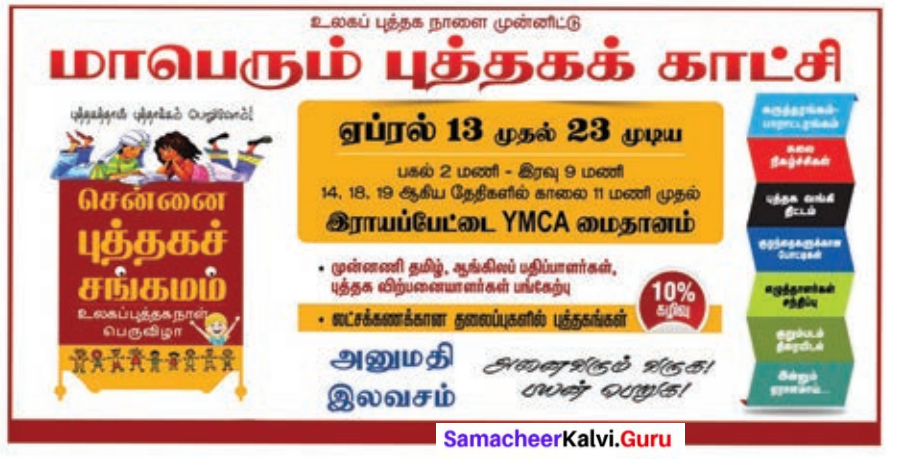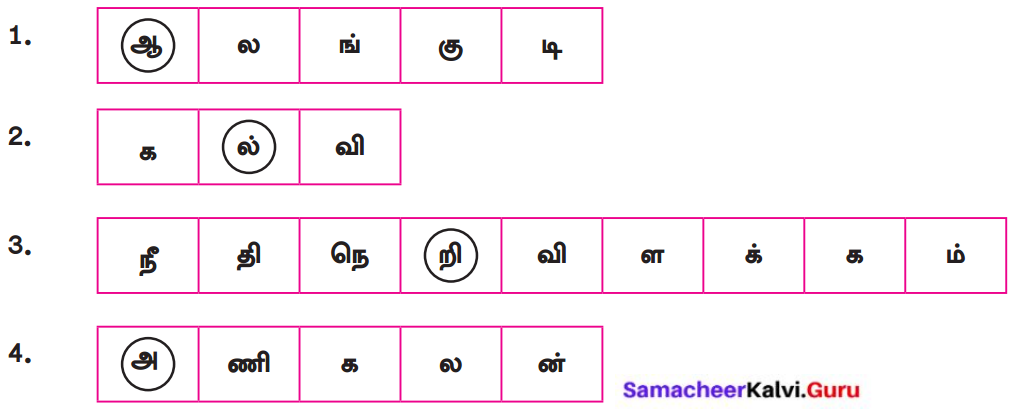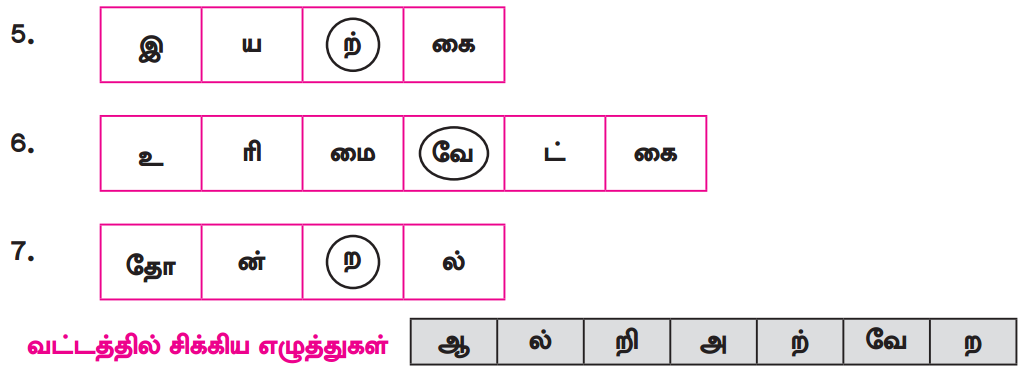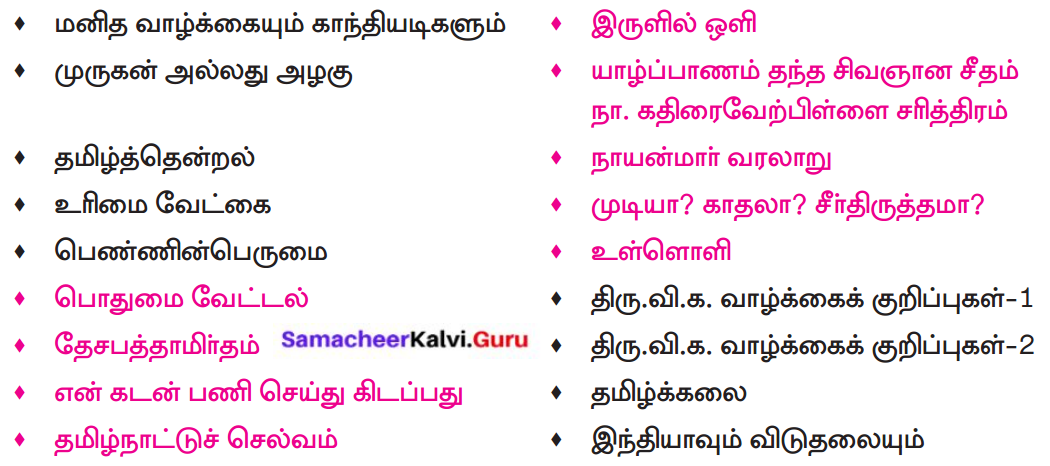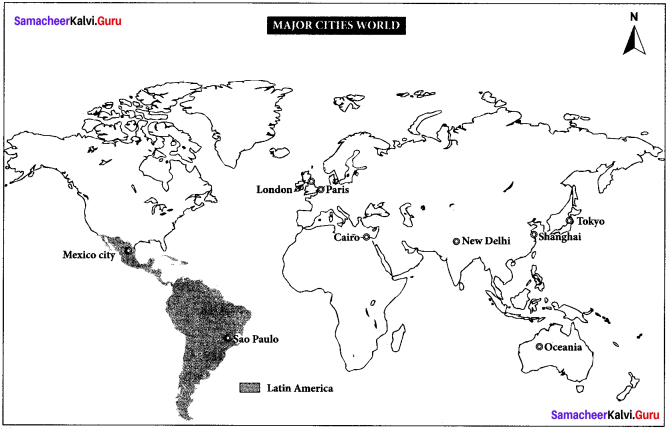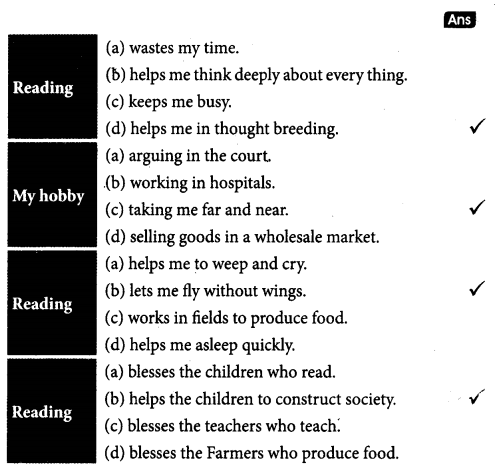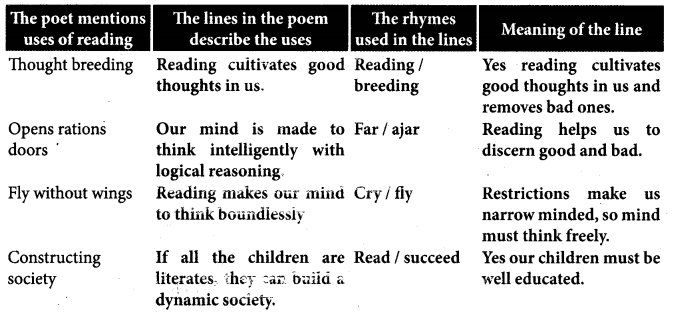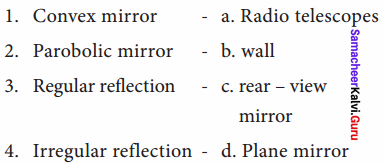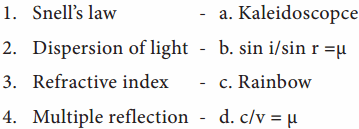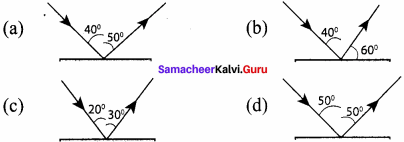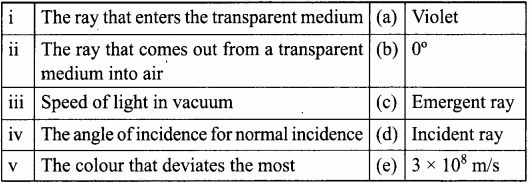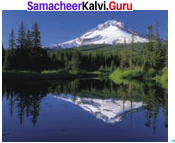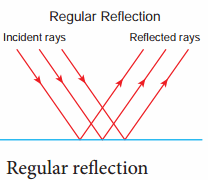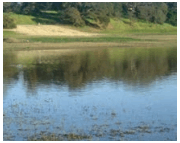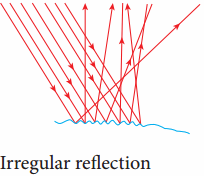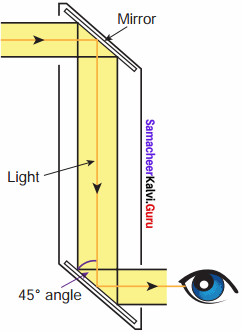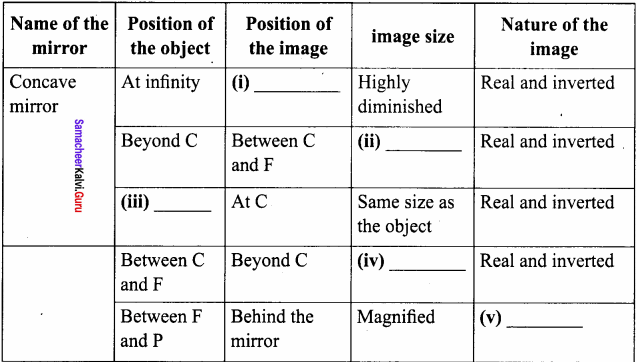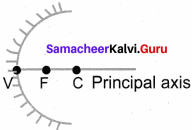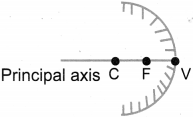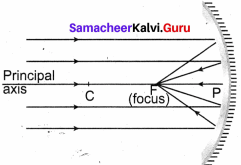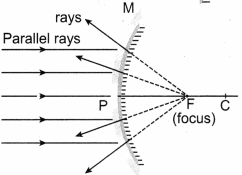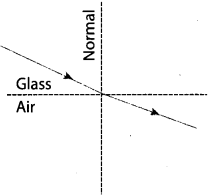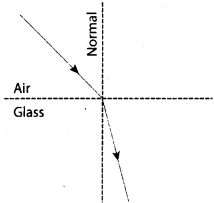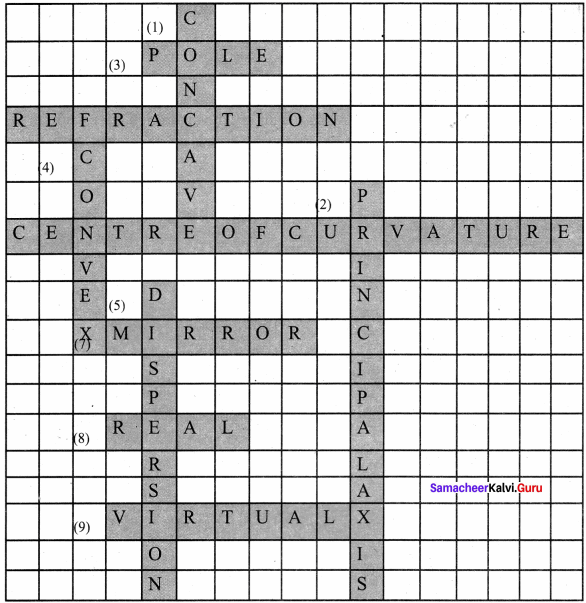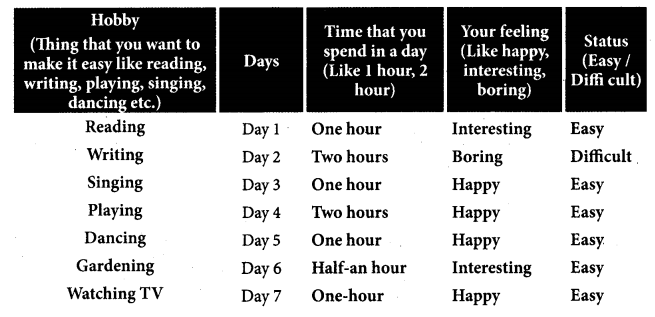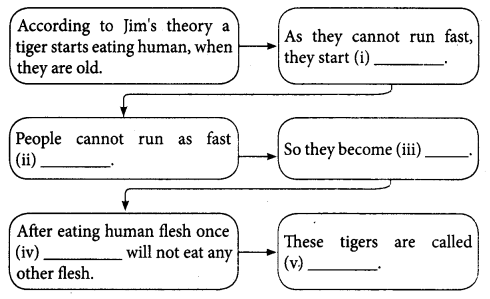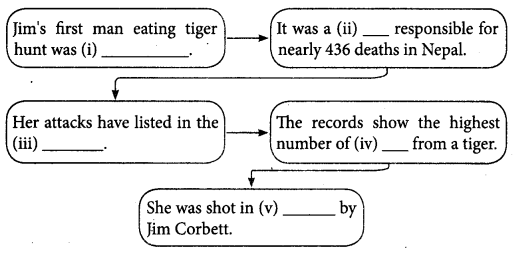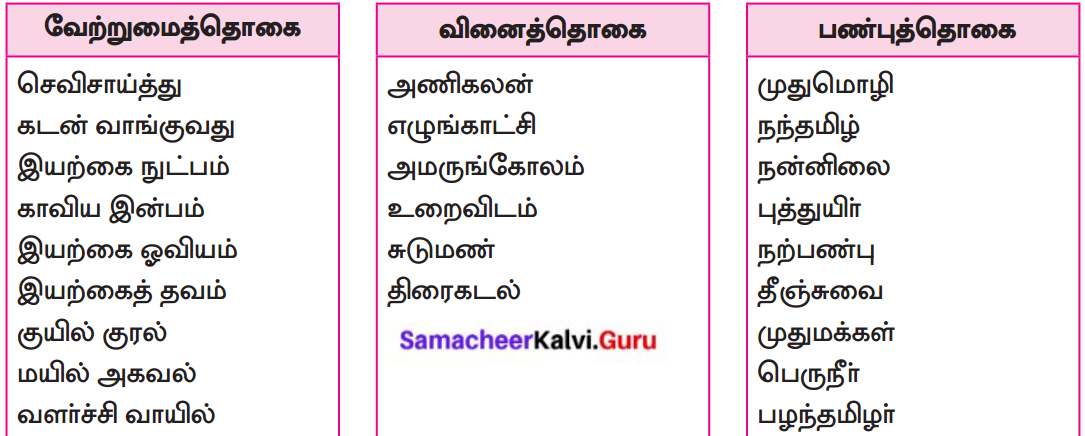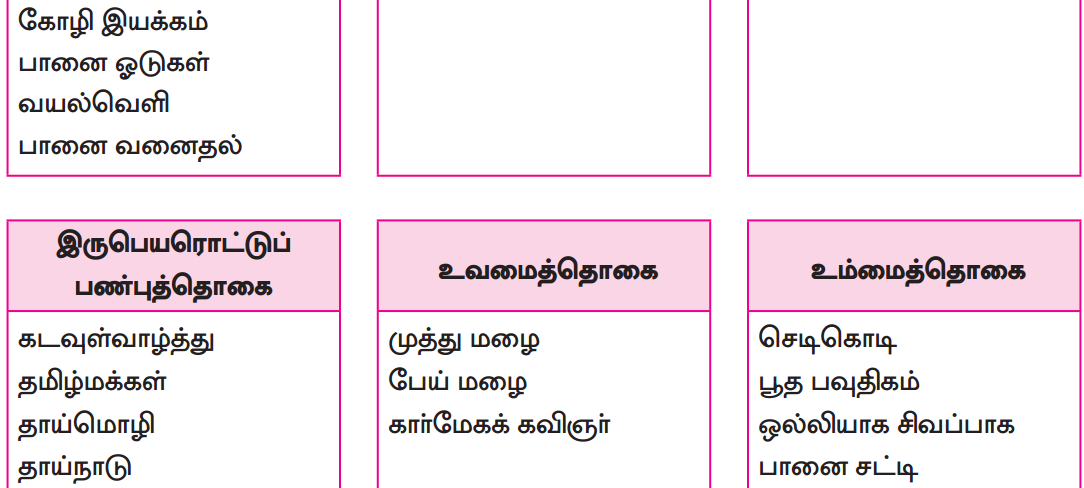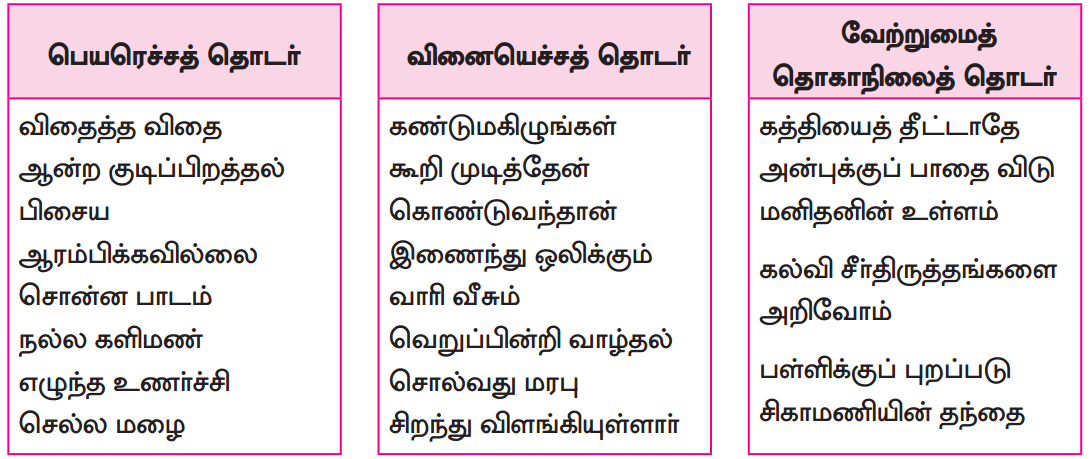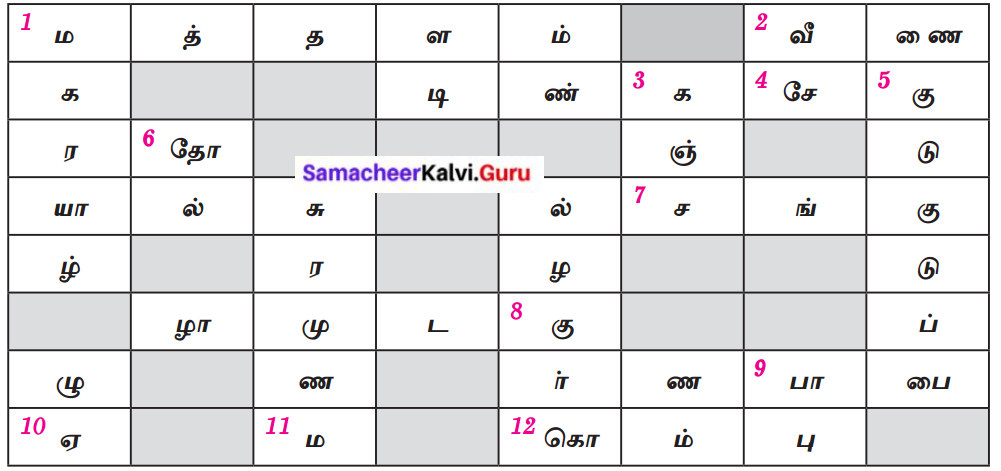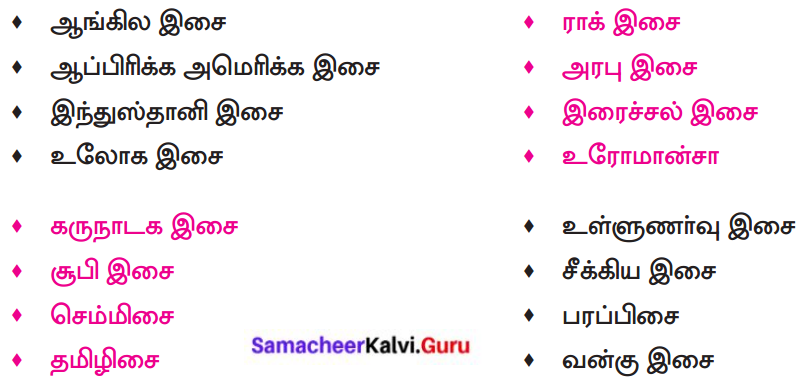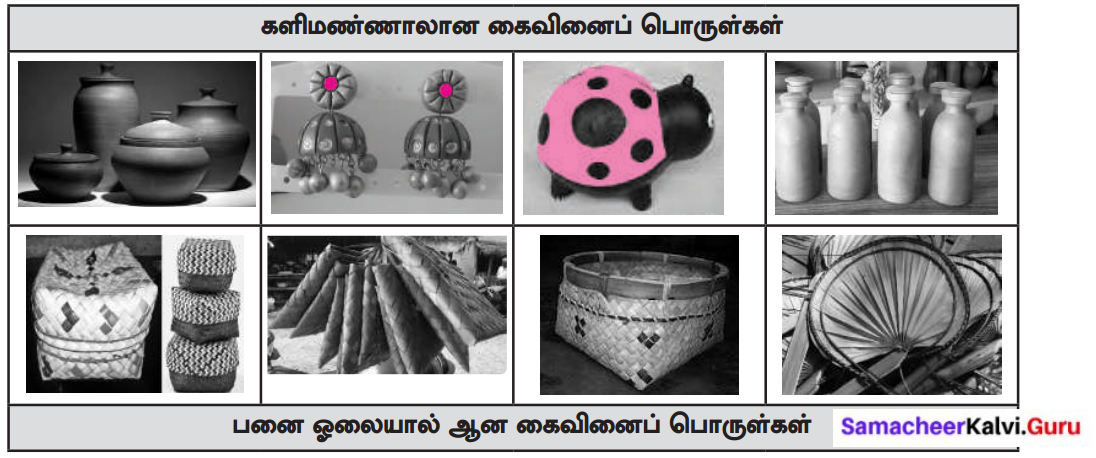Students can Download Lesson 3 When Instinct Works Questions and Answers, Summary, Activity, Notes, Samacheer Kalvi 8th English Book Solutions Guide Pdf Supplementary Chapter 3 helps you to revise the complete Tamilnadu State Board New Syllabus and score more marks in your examinations.
Tamilnadu Samacheer Kalvi 8th English Solutions Term 1 Supplementary Chapter 3 When Instinct Works
A. Comprehension.
When Instinct Works Summary Question 1.
Choose the best option
When Instinct Works Question 1.
The season mentioned in the lesson is _________
(a) spring
(b) autumn
(c) summer
(d) winter
Answer:
(b) autumn
When Instinct Works Book Back Answers Question 2.
In one low part of the road the _________was halfway up to black beauty’s knees.
(a) the river
(b) dust
(c) water
(d) leaves
Answer:
(c) water
When Instinct Works Question Answer Question 3.
The bridge was broken in the _________
(a) front
(b) rear
(c) middle
(d) up
Answer:
(c) middle
8th English When Instinct Works Question 4.
The instinct in _________had often saved the lives of men.
(a) girls
(b) animals
(c) birds
(d) boys
Answer:
(b) animals
When Instinct Works 8th Std Question 5.
Black beauty dared not move even to the sharp snap of the _________
(a) stick
(b) thread
(c) whip
(d) kick
Answer:
(c) whip
When Instinct Works Summary In Tamil Question 2.
Match the following.
| 1. Man at the toll gate | (a) had many stories to tell. |
| 2. Bridge | (b) wise. |
| 3. John | (c) have special knowledge. |
| 4. Black beauty | (d) flashing a torch. |
| 5. Animals | (e) sturdy rail. |
Answer:
- d
- e
- a
- b
- c
When Instinct Works Theme Question 3.
Fill in the blanks.

- Just then, the man at the ______ on the other side ran out, ______ a torch.
- Even when John tried to ______ him forward Beauty did not move.
- We were saved because Beauty had known that something was ______ with the bridge.
- Suddenly an ______ tree came crashing down and fell right in front of us.
- He told that the bridge had just broken due to the ______
- As we went through the wood, the ______ of the trees were swaying and making a rushing sound.
- A little later, when we reached the bridge Beauty came to a ______
- When we started back from the town, it was late in the ______ The wind was much ______
- John said we must go back to the ______ find another way to the wooden
- Oh! What a good ______ he gave me that night. And then a really thick
Answer:
- toll gate; flashing
- lean
- wrong
- oak
- flood
- branches; terrible
- sudden stop
- afternoon; stronger
- cross ways; bridge
- Supper; bed of straw
When Instinct Works Mind Map Question 4.
Based on your understanding of the story write the answers for the following questions in a sentence or two. .
When Instinct Works Lesson Plan Question 1.
Did Black Beauty like to pull the cart?
Answer:
Yes, Black Beauty liked to pull the cart, as it was very light and the high wheels rolled along so smoothly.
When Instinct Works Summary In English Question 2.
How was the weather?
Answer:
The weather was very windy and the dry leaves blew across the road. There had been a great deal of rain.
When Instinct Works In Tamil Question 3.
Describe the bridge.
Answer:
The low wooden bridge had sturdy rails on both sides. As the river banks were fairly high, the bridge went across just level.
When Instinct Works Story In Tamil Question 4.
What was the alternate plan suggested by John to reach the wooden bridge?
Answer:
The alternate plan suggested by John to reach the wooden bridge was to go back to four cross ways.
When Instinct Works Theme Question 5.
Why was Black Beauty reluctant to cross the bridge?
Answer:
The moment Black Beauty’s feet touched the ground which was the first part of the bridge, the horse sensed something was wrong. So it was reluctant to cross the
When Instinct Works Mind Map Question 5.
Write the answers for the following questions in 100 words.
When Instinct Works Lesson Plan Question 1.
What did the man at the toll gate on the other side tell them?
Answer:
The man told them that the bridge was broken in the middle. Part of it had been carried away by the flood. If they proceed, they will be drowned in the river.
When Instinct Works Summary In English Question 2.
Was Black Beauty afraid to cross the bridge?
Answer:
No, Black Beauty was not afraid to cross the bridge. But it knew that there was some problem and the bridge was not safe to cross.
When Instinct Works In Tamil Question 3.
What did John think about human’s attitude on animals?
Answer:
John thought many people did not take very good care of their animals or make friends with them as they should do. According to John, such attitude of human should be changed. Master told John that God had given animals a special knowledge and quicker to respond to danger. This instinct in animals, the Master continued, had often saved the lives of men. John had many stories to tell of dogs and horses, and the wonderful ways the animals had saved the lives of people.
When Instinct Works Story In Tamil Questions 4.
What would have happened to all the three if Black Beauty had not been wiser?
Answer:
It Black beauty had not been wiser, all the three would have been drowned at the wooden bridge.
Question 5.
Where did John take Black Beauty and what did he give her?
Answer:
John took black beauty to the stable. He gave her a good supper and a thick bed of straw to relax.
Question 6.
How will you take care of your pet? Write about in fifty words.
Answer:
I will take care of my pet dog by providing it with a protected and clean living environment. I always keep fresh water and quality food for my pet. I will also communicate with it and develop a relationship with it. I will take my pet for a walk, every morning and evening.
Step To Success
Coding – Decoding verbal reasoning.
Question 1.
In a certain code language, if Violet is called as Green, Green is called as Red, Red is called as Brown, Brown is called as Orange, Orange is called as Yellow, Yellow is called as Blue and Blue is called as Indigo, then what is the colour of human blood in that language?
(a) Red
(b) Blue
(c) Green
(d) Violet.
(e) Brown
Answer:
(e) Brown
Question 2.
In a certain code language, if Pen means Eraser, Eraser means Book, Book means Scale, Scale means Sharpener, Sharpener means Duster and Duster means Table, then what is the name of the object that is used to clean the black board in that language?
(a) Duster
(b) Sharpener
(c) Table
(d) Scale
(e) Book
Answer:
(b) Sharpener
Question 3.
In a certain code language, if Bread is called Butter, Butter is called Milk, Milk is called Shirt, Shirt is called Shoe, Shoe is called Bicycle, Bicycle is called Watch, Watch is called Aeroplane and Aeroplane is called Ship, then which of the following indicates time in that language?
(a) Watch
(b) Bicycle
(c) Milk
(d) Ship
(e) Aeroplane
Answer:
(e) Aeroplane
Connecting To Self
Put a ✓for the do’s and put a✗ for dont’s
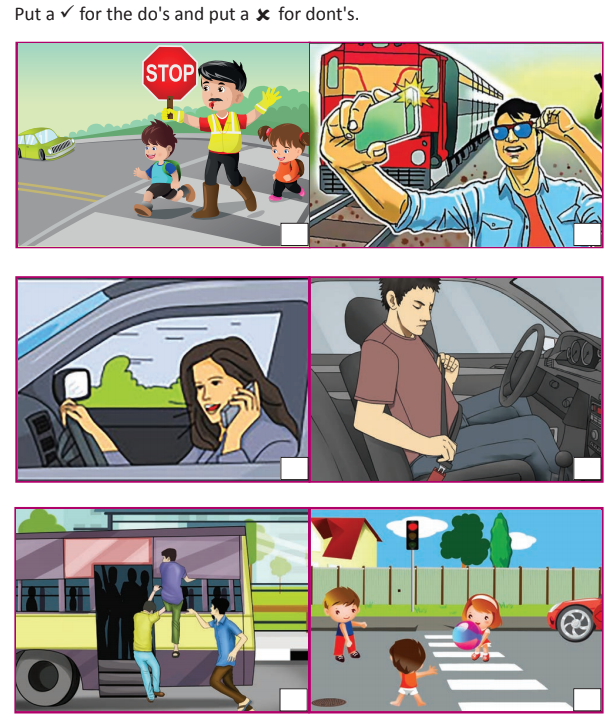
Answer:
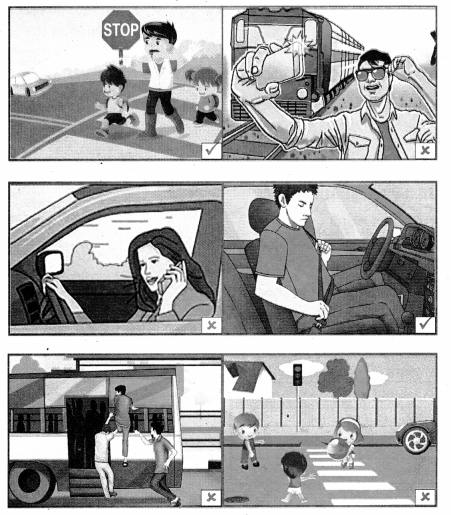
When Instinct Works Additional Questions
I. Choose the Correct Answers (MCQ).
Question 1.
John harnessed black beauty to the ______ cart
(a) old
(b) broken
(c) new
(d) damaged
Answer:
(c) new
Question 2.
But the cart was so good and master drove
(a) strongly
(b) gently
(c) roughly
(d) harshly
Answer:
(b) gently
Question 3.
There were good sturdy on both sides.
(a) slabs
(b) pipes
(c) rails
(d) bamboos
Question 4.
He held my and calmed my nerves.
(a) bridle
(b) ears
(c) girdle
(d) band
Answer:
(a) bridle
Question 5.
The man at the toll gate was flashing a torch like a .
(a) foolish man
(b) mad man
(c) horrified man
(d) beggar man
Answer:
(b) mad man
Question 6.
Then an tree fell right across the road in front of them.
(a) Pine
(b) Cypress
(c) Ebony
(d) Oak
Answer:
(d) Oak
II. Identify the Character / Speaker.
- One morning in the autumn, my master had to go on a long journey”.
- I hope no branches fall down on us”.
- “I wish we were out of this wood”.
- “That was close! What shall we do now?”
- “Hoy, Hoy, Hoy, Stop!”.
- “You really are a beauty!”.
- “Go on, Beauty”.
- “There is something wrong sir”.
- “Are you safe, my dear?”.
- .I was grateful for everything for I was tired”.
Answer:
- Black beauty horse
- John
- Master
- Master
- The man at the toll gate
- John
- Master
- John
- Mistress
- Black Beauty (horse)
III. Write True or False against each statement.
1. Many of the houses were under water.
2. In one low part of the road, the water was halfway up to the knees.
3. The river was rising slowly.
4. Black Beauty had to wait for a long time in the town.
5. John praised Black Beauty.
Answer:
False
True
False
True
True
IV. Match the following.
| 1. The bridge | (a) gently |
| 2. Branches | (b) trotted softly |
| 3. Master drove | (c) swaying like twigs |
| 4. Black beauty | (d) to greet master |
| 5. Mistress ran out | (e) broken in the middle |
Answer:
- (e)
- (c)
- (a)
- (b)
- (d)
IV. Very Short Questions with Answers.
Question 1.
How did the high wheels roll?
Answer:
The high wheels rolled along so smoothly.
Question 2.
What were there on both sides of the bridge?
Answer:
There were good sturdy rails on both sides of the bridge.
Question 3.
What did the man at the toll gate say?
Answer:
The man at the toll gate said that the river was rising fast.
Question 4.
What did the master say to John?
Answer:
The master said that he had never been out in such a bad storm.
Question 5.
How were the branches swaying?
Answer:
The branches were swaying like twigs.
V.Short Questions with Answers.
Question 1.
What did John do to calm Black Beauty?
Answer:
John jumped out and in a moment was standing by the horse’s head. He held its bridle and calmed its nerves.
Question 2.
What did Black Beauty see in it’s master’s house after their return?
Answer:
Black Beauty saw that all the lights were on. As they came up to the door, the mistress ran out to greet the master.
VI. Paragraph Questions with Answers.
Question 1.
What happened when John, Black beauty and the master were returning home?
Answer:
When they were returning home late in the afternoon, the wind was much stronger and the great branches were swaying. The wind made a terrible rushing sound. Suddenly an oak tree fell in front of them. When Black Beauty came to the bridge, it sensed some danger. So it did not move forward. The man on the other side told them that the bridge was broken in the middle. All the three were saved by the wisdom of Black Beauty.
VIII. Rearrange the Jumbled Sentences.
A
1.Come on!, Beauty. Whats’the matter?’
2. Of course, I could not tell what the problem was, but I knew very well that the bridge was not safe.
3. He got down from the cart and came to my head.
4. He took hold of my bridle and tried to lead me forward.
5.”There is something wrong sir” said John.
Answer:
5, 3,4,1, 2
5. “There is something wrong sir” said John.
3. He got down from the cart and came to my head.
4. He took hold of my bridle and tried to lead me forward.
1. ‘Come on!, Beauty. Whats’ the matter?’
2. Of course, I could not tell what the problem was, but I knew very well that the bridge was not safe.
IX. Read the passage and answer the questions.
A.
One morning in the autumn, my master had to go on a long journey, John harnessed me to the new cart. I liked too pull as it was very light and the
high wheels rolled along so smoothly.
Question 1.
When did they go on a long journey?
Answer:
One morning in the autumn they went on a long journey.
Question 2.
Who harnessed Black Beauty to the new cart?
Answer:
John harnessed Black Beauty to the new Cart.
Question 3.
Was the cart light?
Answer:
Yes, the cart was light to pull.
B.
They went into the house and I heard no more. John took me to the stable. Oh! What a good supper he gave me that night. And then a really thick bed of straw. I was grateful for everything for I was tired.
Question 1.
Where did John take Black Beauty?
Answer:
John took Black Beauty to the stable.
Question 2.
What did he give him that night?
Answer:
He gave him a good supper and a thick bed of straw that night.
Question 3.
Why was Black Beauty grateful for everything?
Answer:
Black Beauty was grateful for everything because it was tired.
When Instinct Works Adapted From ‘Black Beauty” By Anna Sewell Summary
This lesson is about the special knowledge given to animals by God. The instinct in animals had saved the lives of men. One morning late in the autumn, John harnessed Black Beauty, the horse to the new cart. The Master, John and Black Beauty proceeded on a long journey. It was very windy and there was a great deal of rain. When they came to the entrance of the toll gate, the man at the toll gate warned them that the river was rising fast. Suddenly an oak tree came crashing down in front of them. The river was flooding and it grew darker. Black Beauty sensed danger, the moment its feet touched the bridge. It made a dead stop. The man at the other end of the toll gate flashed a torch and said that the bridge was broken in the middle. John praised Black Beauty for saving their lives. If the horse had not been wiser, they would have drowned. John gave a good supper and a thick bed of straw to the horse. Black Beauty was grateful for everything, as it was tired
